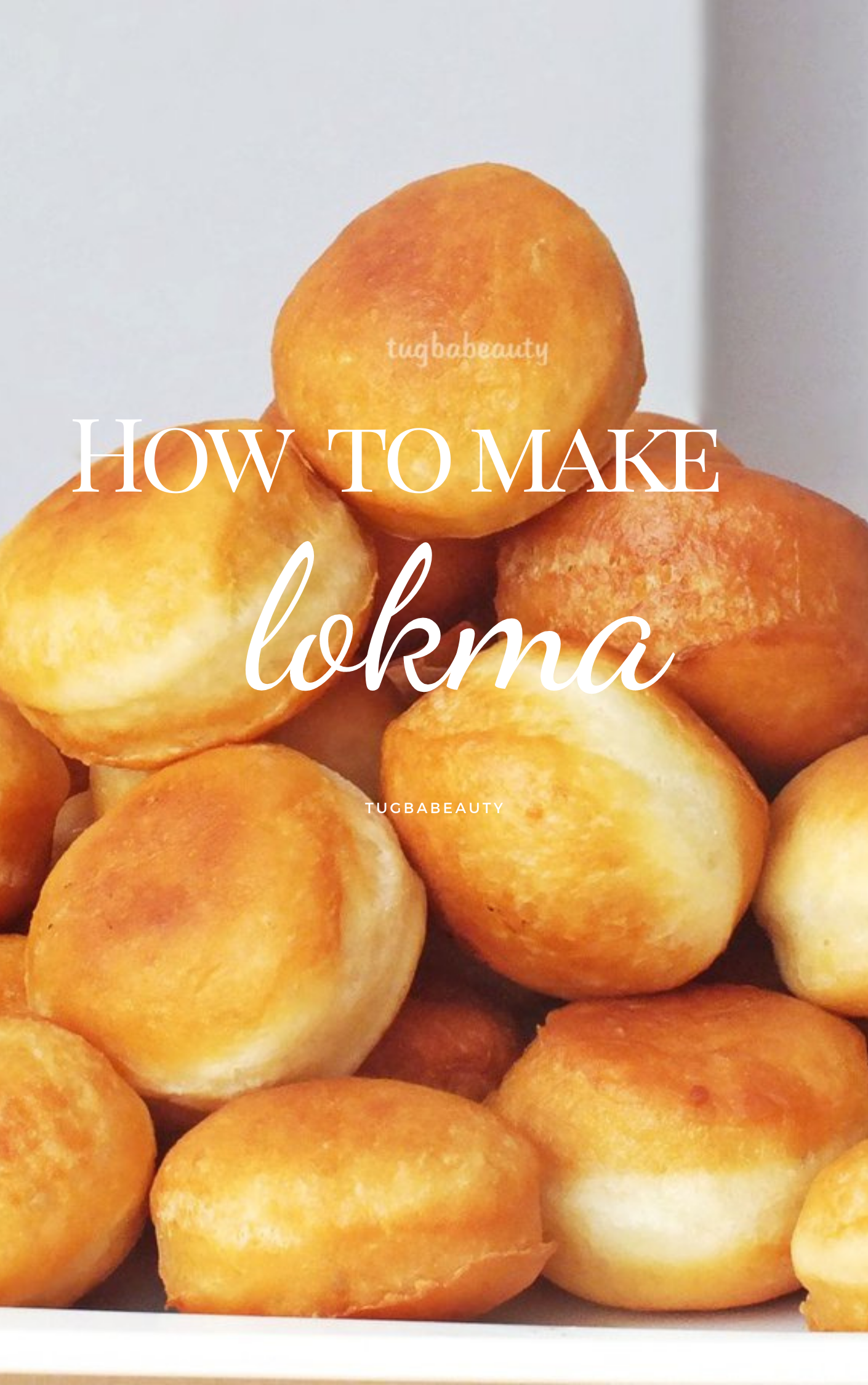
Sometimes I share with you the recipes I tried or my own recipes. I saw a recipe called Baursaki online today. I said let me examine it "and I have a look what is that?" Baursaki is the original PİŞİ recipe of Turkish Mothers we know. In the past, my mother used to cook it and call it home while I was on the street. I wouldn't want to quit the game on the street, but I would be so hungry that I couldn't stand it and ran home. My mother used to give some of it to share with my friends when I got home. In our country, distributing this dough is a tradition.

We also have a concept called “distributing bite” social. What is this idiom? After a very joyful or very sad, painful situation, this type of bread is distributed to the neighbor. People who eat this bite pray. It can also be considered as a religious ritual. It is hundreds of years of tradition in this land. Lokma is both sweet on our tongue and a piece of bread, and yet it is a blessing. When we want it to be sweet, we do it by adding sherbet. It is the meeting of Anatolian civilizations in kitchen and dessert and their evolution by getting rich. There is also a place for lokma in the palace table. The poor also have a place on the floor table. It is eaten in good times and distributed in bad days. It is poured against evil, for good.
Traditions in my country and other countries have always attracted my attention. There are many traditions in our Anatolian lands. Maybe I'll share them with you in the future.

Materials
1 glass of water Milk
1/2 cup of water (half a glass)
1 Package Dry Yeast (used in fresh yeast)
1 Egg
1/2 Cup of Oil (half a glass)
2 Tablespoons Granulated Sugar
1 Teaspoon of Salt
Fame

First, warm the milk and water in a bowl to warm. Add the milk and water you have heated to your kneader. Add dry / fresh yeast, (whichever yeast you prefer) sugar and 1 glass of flour to the mixture. Whisk thoroughly with the help of a fork or a wire whisk, if there is any, without leaving any lumps. After making sure that you have a smooth consistency, cover the lid of your kneader and let it ferment for 20-25 minutes. We will leave it to ferment like sourdough for now. After 20-25 minutes, we add oil, salt, egg and mix again. After the egg, it's time to add flour. Take care to add the flour by kneading it slowly. Our dough should not stick to the hand and should have a soft consistency. Continue the kneading process for 5 minutes as our mixture is also yeast.
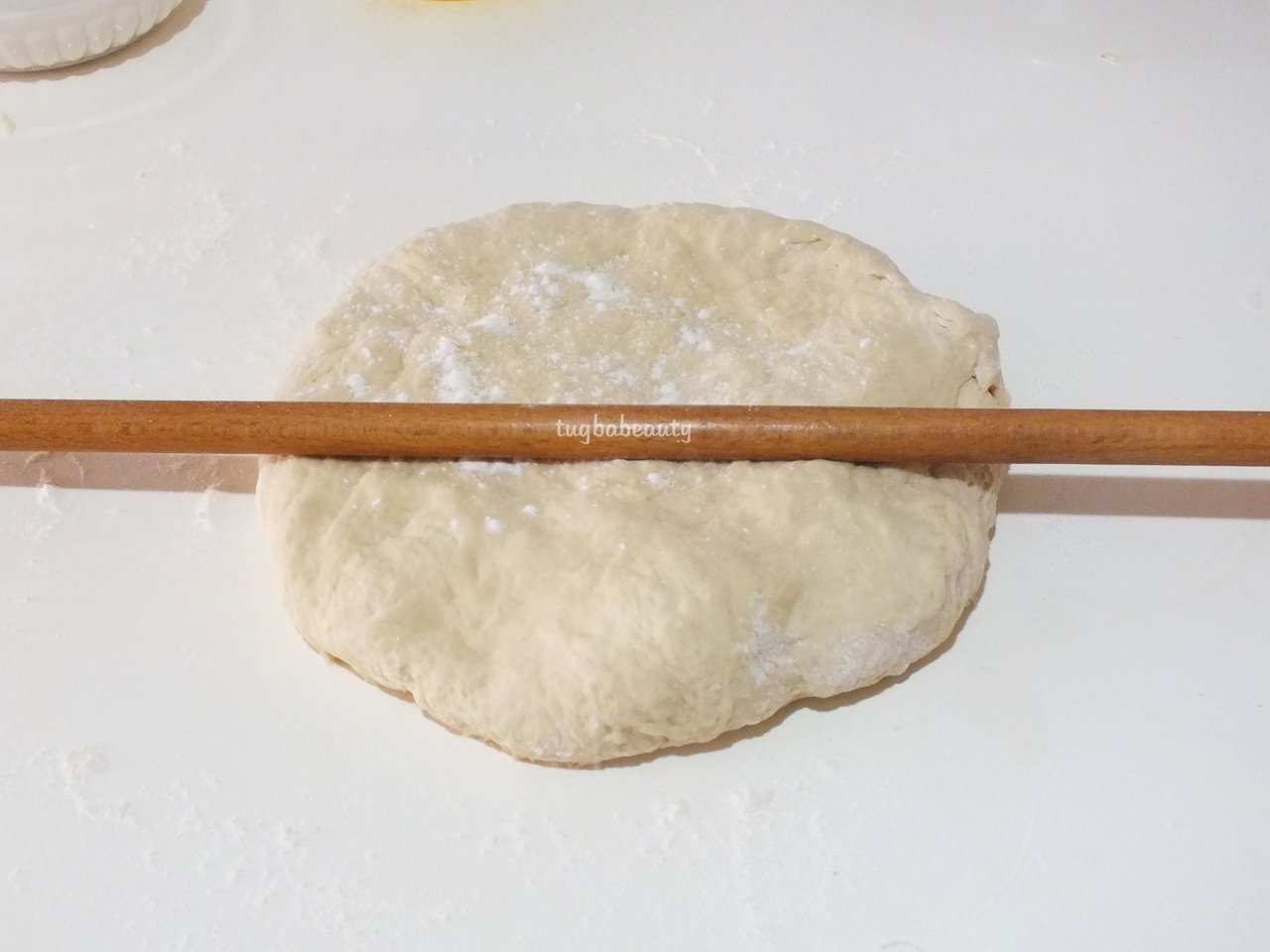
After the dough is fermented, we take it on the bench or table. Here we knead for 1-2 minutes. Sprinkle some flour on the area where you will roll the dough so that the dough does not stick to that area. Roll out the dough with the help of a roller or rolling pin so that it is not too thin.
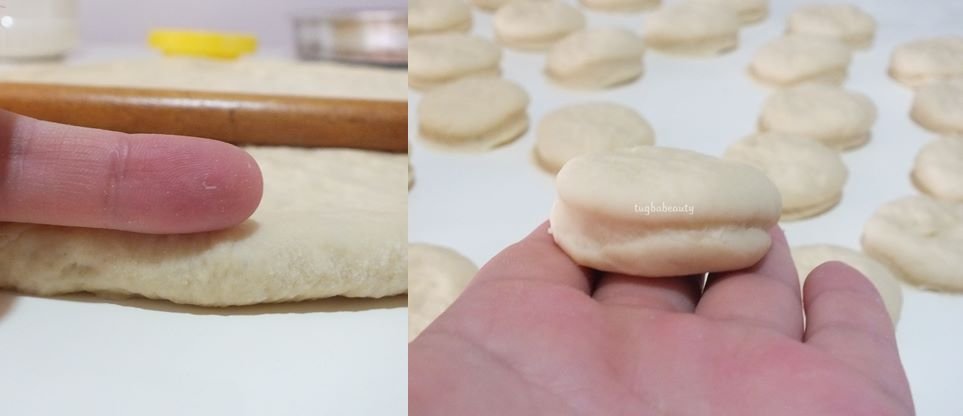
I took the picture of it side by side with my little finger so you can understand its thickness. Mine might have done a little thin. It will be better if it is a little thicker.

Shape the dough we opened into a round shape with a tea glass. Doing this makes the dough look nicer.

We roll the remaining dough back into a ball and roll it out with a rolling pin. We make round shapes with the help of cups. We continue this process without leaving any dough.
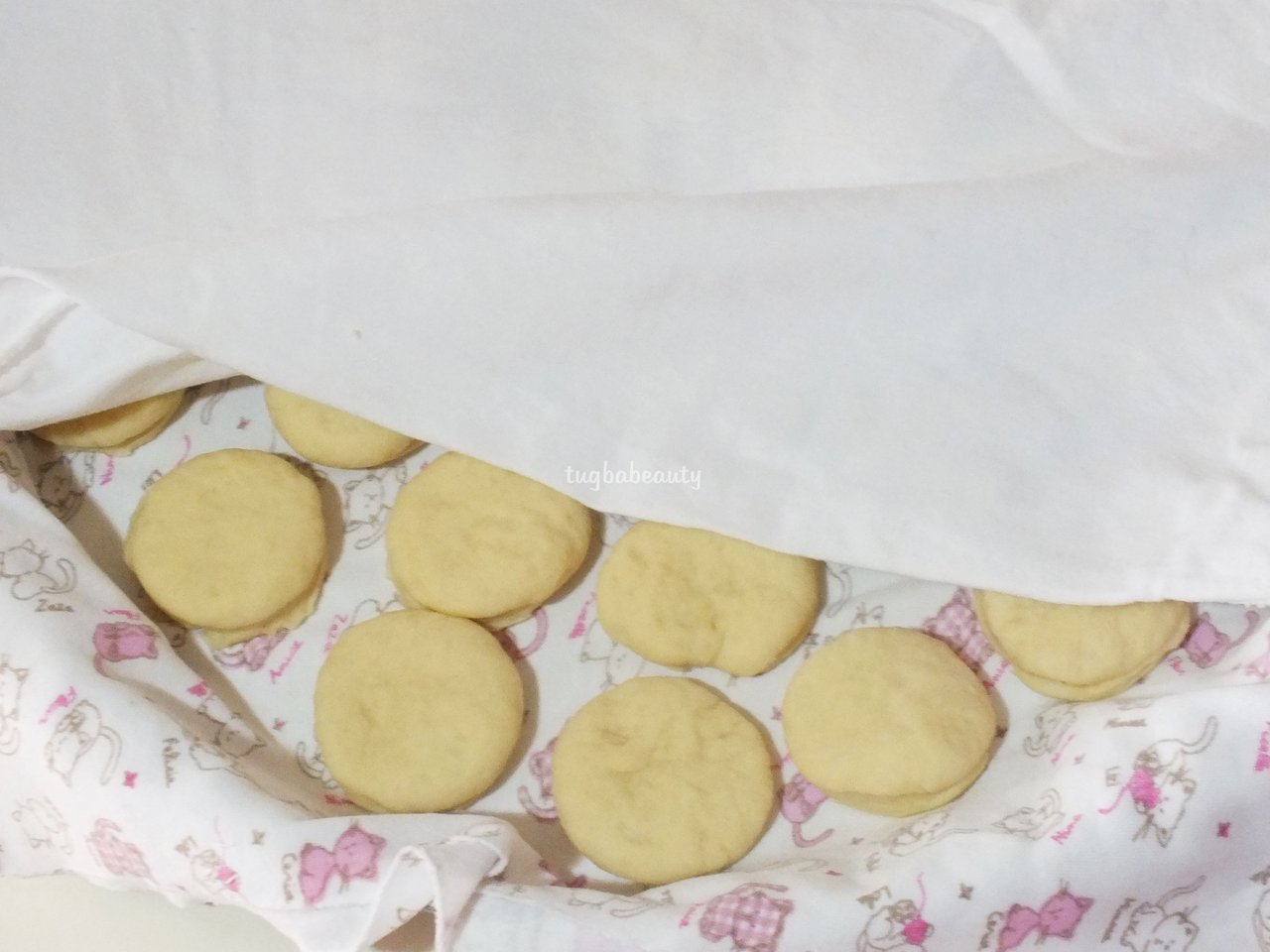
Place a cloth under the dough that we have removed and place them on that cloth. In the same way, cover it with a cloth. Let it ferment for 10 minutes. In the meantime, a lot of PISI is obtained with these ingredients. You can now distribute it to neighbors or consume family.
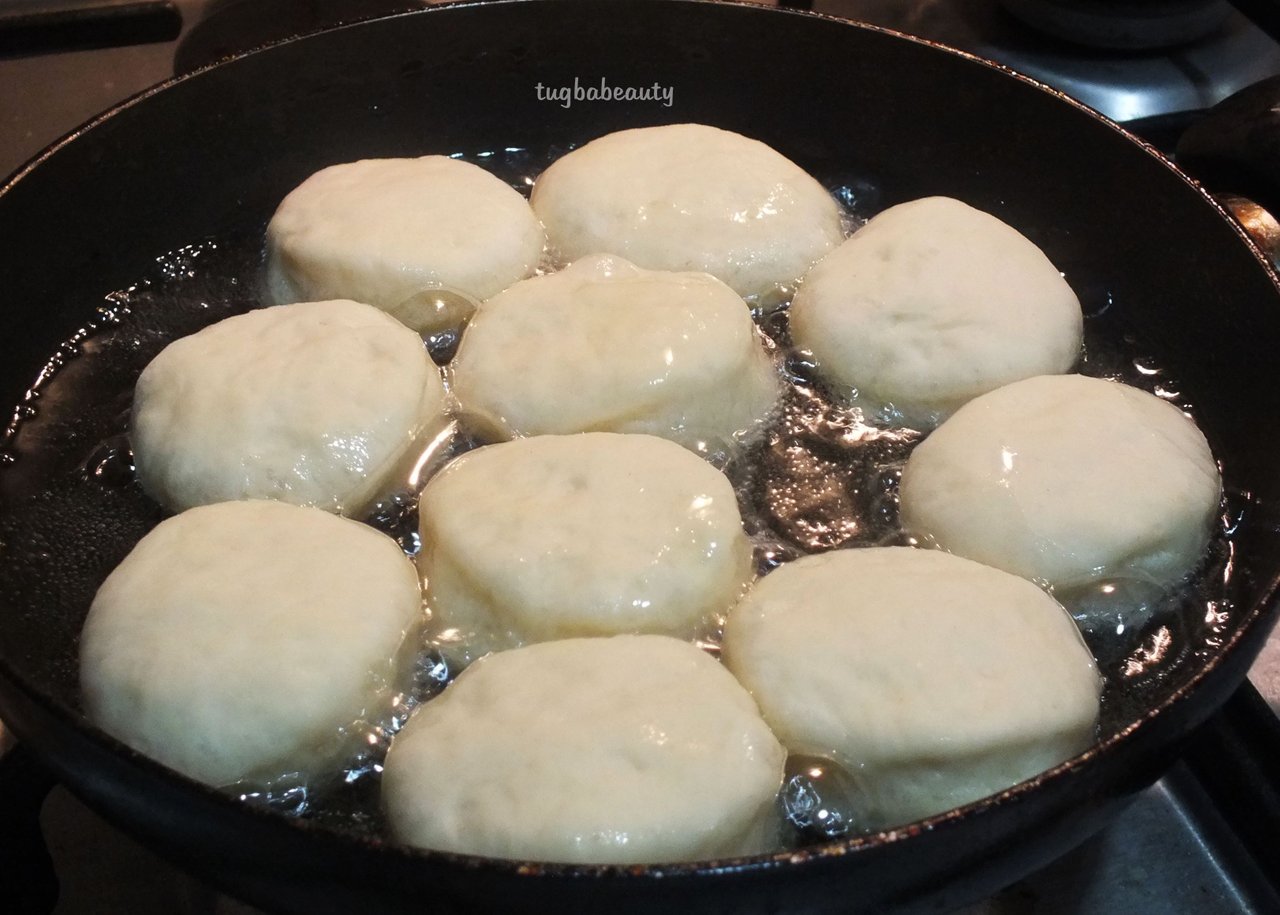
10 minutes passed and our dough was leavened as we wanted. Now is the time to head to the hearth. First, put a frying pan on the stove and heat it over medium heat. Then add lots of oil to the pan. If the oil is low, unfortunately the dough is not cooked well. After setting oil and a medium heat, add enough dough to the frying oil to fit your pan.
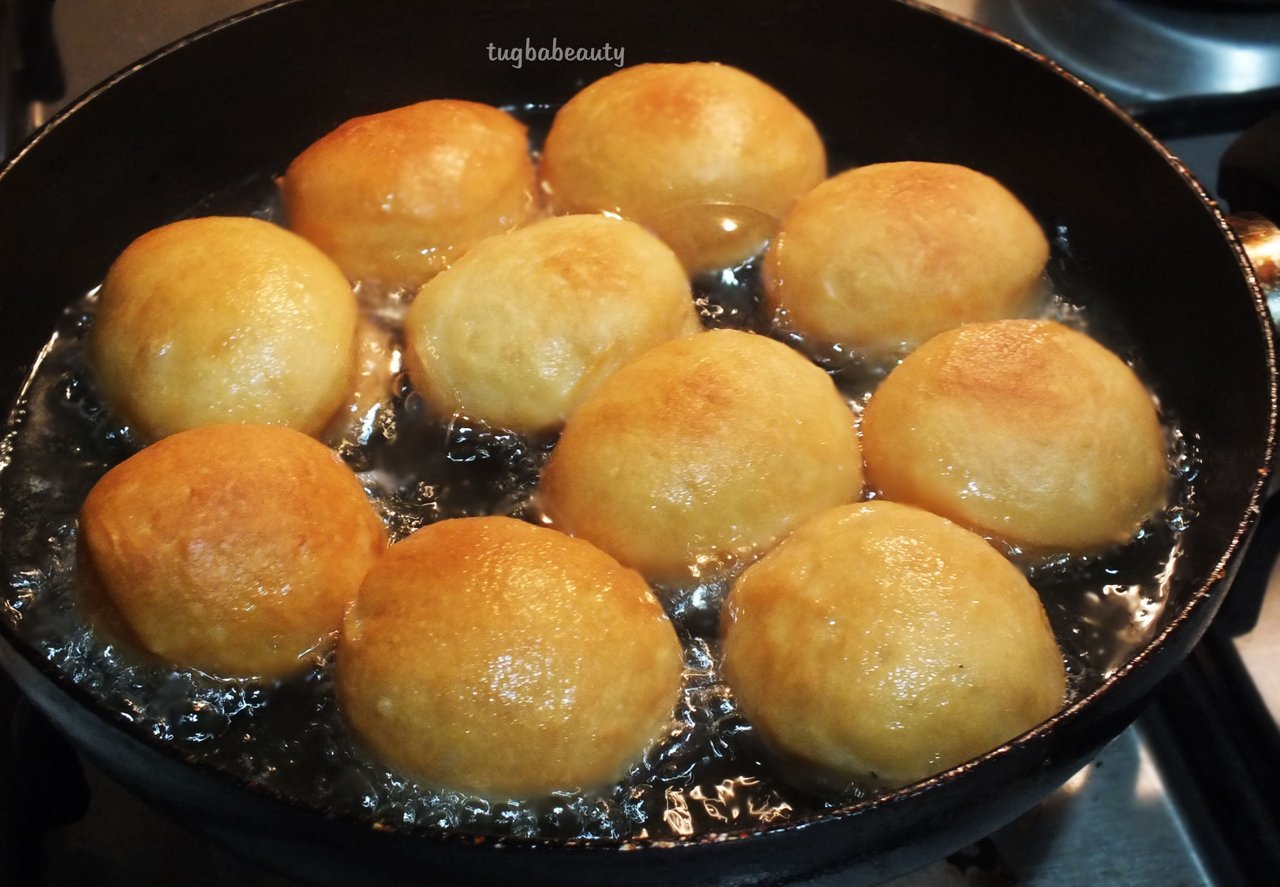
The PISI, which we cooked on both sides by turning it over, is taken from the stove. The thing to watch out for here: The cooker should always be at medium heat. If you turn the heat on the stove suddenly, your dough will be cooked on the outside and therefore it will remain raw inside. When the dough looks golden yellow, remove it from the heat.
If you like salty, you can increase the amount of salt in the ingredients. Next time I will put more weight on salt so that salt is more dominant.
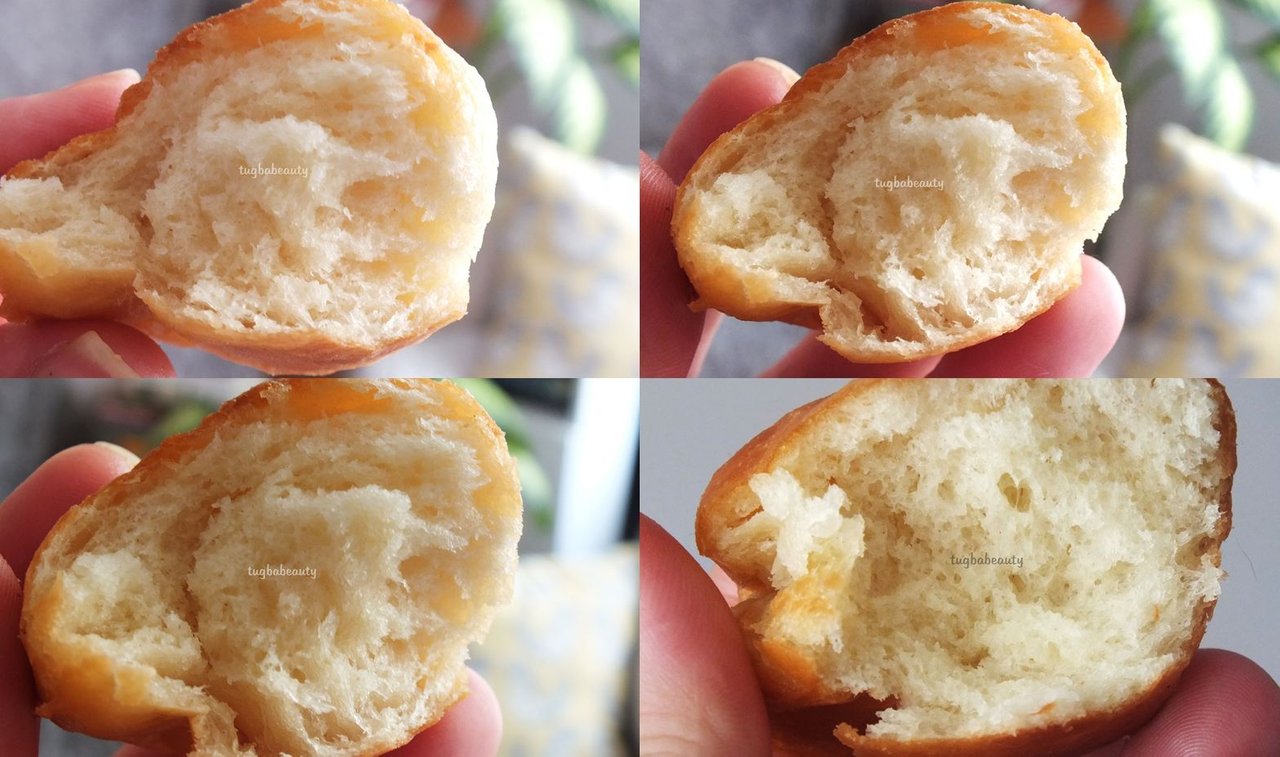
I did not think if it would remain raw due to its thickness while cooking. After it was cooked, I chose four of the thickest and opened the inside. It was not like I was afraid, they were all cooked softly. It is already understood in the picture.
I believe you will love this recipe. Both the look and the taste really turned out to be more beautiful than other baked goods.
P.s ; Eat with Turkish tea
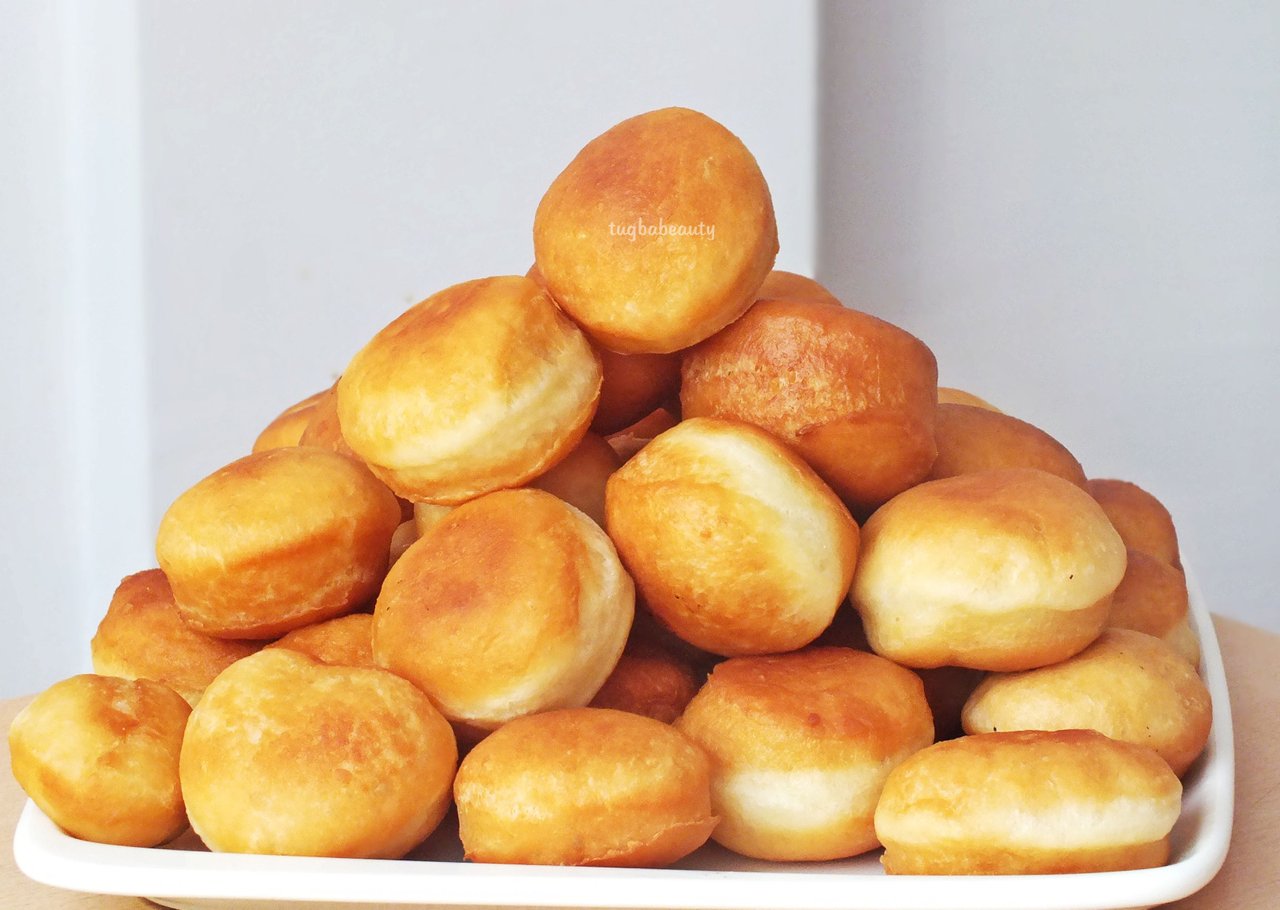
After trying it I wonder your comments.
Bon appetit already!
with Love

It looks delicious! Do you think it's good to take care of our health?
FoodiesUnite.net Yum! You have been curated @taco.cat on behalf of on #Hive. Thanks for using the #foodie tag. We are a tribe for the Foodie community with a unique approach to content and community and we are here on #Hive.
Join the foodie fun! We've given you a FOODIE boost. Come check it out at @foodiesunite for the latest community updates. Spread your gastronomic delights on and claim your tokens.
Join and Post through the Community and you can earn a FOODIE reward.
Thank you :)